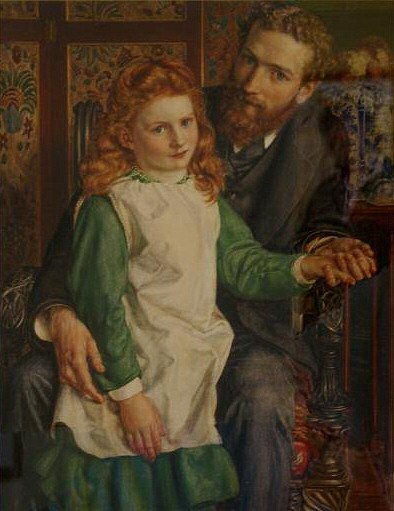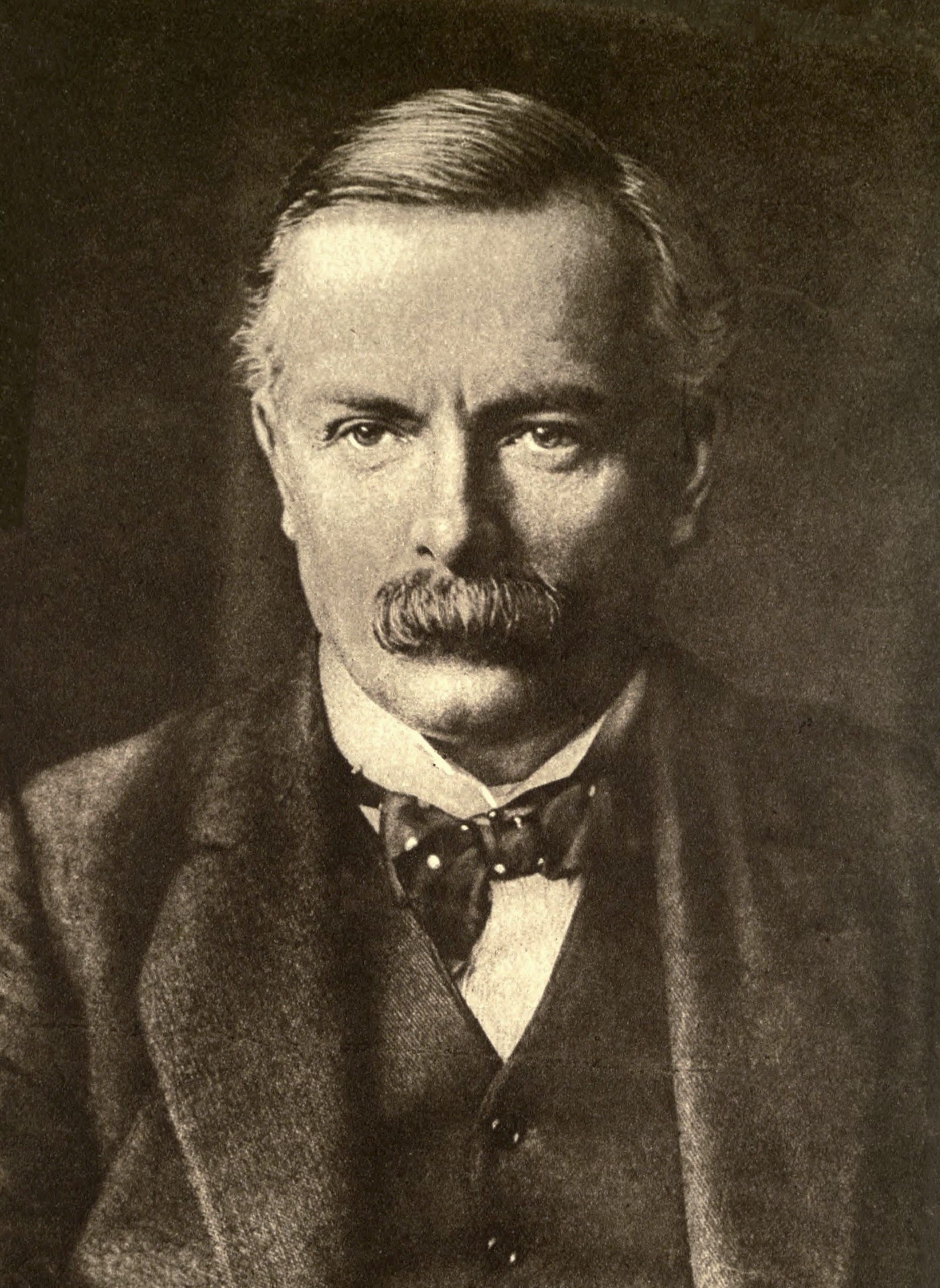|
Edwin Samuel Montagu
Edwin Samuel Montagu PC (6 February 1879 – 15 November 1924) was a British Liberal politician who served as Secretary of State for India between 1917 and 1922. Montagu was a "radical" Liberal and the third practising Jew (after Sir Herbert Samuel and Sir Rufus Isaacs) to serve in the British cabinet. Background and education Montagu was the second son and sixth child of Samuel Montagu, 1st Baron Swaythling, by his wife Ellen, daughter of Louis Cohen. He was educated at Doreck College, Clifton College, the City of London School, University College London and Trinity College, Cambridge. At Cambridge, he was the first student president of the Cambridge University Liberal Club from 1902 to 1903. In 1902, he was also president of the Cambridge Union. Political career Montagu was elected Member of Parliament for Chesterton in 1906, a seat he held until 1918, and then represented Cambridgeshire until 1922. He served under H. H. Asquith as Under-Secretary of State for India fr ... [...More Info...] [...Related Items...] OR: [Wikipedia] [Google] [Baidu] |
The Right Honourable
''The Right Honourable'' (abbreviation: ''Rt Hon.'' or variations) is an honorific Style (form of address), style traditionally applied to certain persons and collective bodies in the United Kingdom, the former British Empire and the Commonwealth of Nations. The term is predominantly used today as a style associated with the holding of certain senior public offices in the United Kingdom, Canada, New Zealand, and to a lesser extent, Australia. ''Right'' in this context is an adverb meaning 'very' or 'fully'. Grammatically, ''The Right Honourable'' is an adjectival phrase which gives information about a person. As such, it is not considered correct to apply it in direct address, nor to use it on its own as a title in place of a name; but rather it is used in the Grammatical person, third person along with a name or noun to be modified. ''Right'' may be abbreviated to ''Rt'', and ''Honourable'' to ''Hon.'', or both. ''The'' is sometimes dropped in written abbreviated form, but is al ... [...More Info...] [...Related Items...] OR: [Wikipedia] [Google] [Baidu] |
Rufus Isaacs, 1st Marquess Of Reading
Rufus Daniel Isaacs, 1st Marquess of Reading, (10 October 1860 – 30 December 1935) was a British Liberal politician and judge, who served as Lord Chief Justice of England, Viceroy of India, and Foreign Secretary, the last Liberal to hold that post. The second practising Jew to be a member of the British cabinet (the first being Herbert Samuel, who was also a member of H. H. Asquith's government), Isaacs was the first Jew to be Lord Chief Justice, and the first, and as yet, only British Jew to be raised to a marquessate. Biography Rufus Isaacs was born at 3 Bury Street, in the parish of St Mary Axe, London, the son of a Jewish fruit importer at Spitalfields. He was educated at University College School and then entered the family business at the age of 15. In 1876–77 he served as a ship's boy and later worked as a jobber on the stock-exchange from 1880 to 1884. In 1887 he married Alice Edith Cohen, who suffered from a chronic physical disability and died of cancer in ... [...More Info...] [...Related Items...] OR: [Wikipedia] [Google] [Baidu] |
Gertrude Bell
Gertrude Margaret Lowthian Bell, CBE (14 July 1868 – 12 July 1926) was an English writer, traveller, political officer, administrator, and archaeologist. She spent much of her life exploring and mapping the Middle East, and became highly influential to British imperial policy-making as an Arabist due to her knowledge and contacts built up through extensive travels. During her lifetime, she was highly esteemed and trusted by British officials such as High Commissioner for Mesopotamia Percy Cox, giving her great influence. She participated in both the 1919 Paris Peace Conference (briefly) and the 1921 Cairo Conference, which helped decide the territorial boundaries and governments of the post-War Middle East as part of the partition of the Ottoman Empire. Bell believed that the momentum of Arab nationalism was unstoppable, and that the British government should ally with nationalists rather than stand against them. Along with T. E. Lawrence, she advocated for indepen ... [...More Info...] [...Related Items...] OR: [Wikipedia] [Google] [Baidu] |
Minister Of Munitions
The Minister of Munitions was a British government position created during the First World War to oversee and co-ordinate the production and distribution of munitions for the war effort. The position was created in response to the Shell Crisis of 1915 when there was much newspaper criticism of the shortage of artillery shells and fear of sabotage. The Ministry was created by the Munitions of War Act 1915 passed on 2 July 1915 to safeguard the supply of artillery munitions. Under the very vigorous leadership of Liberal party politician David Lloyd George, the Ministry in its first year set up a system that dealt with labour disputes and fully mobilized Britain's capacity for a massive increase in the production of munitions. The government policy, according to historian J. A. R. Marriott, was that: : No private interest was to be permitted to obstruct the service, or imperil the safety, of the State. Trade Union regulations must be suspended; employers' profits must be limited, ... [...More Info...] [...Related Items...] OR: [Wikipedia] [Google] [Baidu] |
Cabinet (government)
A cabinet is a body of high-ranking state officials, typically consisting of the executive branch's top leaders. Members of a cabinet are usually called cabinet ministers or secretaries. The function of a cabinet varies: in some countries, it is a collegiate decision-making body with collective responsibility, while in others it may function either as a purely advisory body or an assisting institution to a decision-making head of state or head of government. Cabinets are typically the body responsible for the day-to-day management of the government and response to sudden events, whereas the legislative and judicial branches work in a measured pace, in sessions according to lengthy procedures. In some countries, particularly those that use a parliamentary system (e.g., the UK), the Cabinet collectively decides the government's direction, especially in regard to legislation passed by the parliament. In countries with a presidential system, such as the United States, ... [...More Info...] [...Related Items...] OR: [Wikipedia] [Google] [Baidu] |
Financial Secretary To The Treasury
The financial secretary to the Treasury is a mid-level ministerial post in His Majesty's Treasury. It is nominally the fifth most significant ministerial role within the Treasury after the first lord of the Treasury, the chancellor of the Exchequer, the chief secretary to the Treasury, and the paymaster general. However, the role of First Lord of the Treasury is always held by the prime minister who is not a Treasury minister, and the position of Paymaster General is a sinecure often held by the Minister for the Cabinet Office to allow the holder of that office to draw a government salary. In practice it is, therefore, the third most senior Treasury minister and has attended Cabinet in the past. The incumbent as of October 2022 is Victoria Atkins. The position is shadowed by the shadow financial secretary to the treasury. History The role of Financial Secretary to the Treasury was created in 1711 and was known as the Junior Secretary to the Treasury to help deal with the increa ... [...More Info...] [...Related Items...] OR: [Wikipedia] [Google] [Baidu] |
Under-Secretary Of State For India
This is a list of Parliamentary Under-Secretary of State, Parliamentary Under-Secretaries of State and Permanent Under-Secretary of State, Permanent Under-Secretaries of State at the India Office during the British India, period of British rule between 1858 and 1937 for India(and Burma by extension), and for India and Burma from 1937 to 1948. The Parliamentary Under-Secretary of State was a ministerial position and the Permanent Under-Secretary of State was a civil service position. Parliamentary Under-Secretaries of State for India, 1858–1937 Parliamentary Under-Secretaries of State for India and Burma, 1937–1948 Permanent Under-Secretaries of State for India, 1858–1937 Permanent Under-Secretaries of State for India and Burma, 1937–1948 See also *Secretary of State for India {{Uk-fco-history Government of British India Lists of government ministers of the United Kingdom, India Defunct ministerial offices in the United Kingdom India Office peo ... [...More Info...] [...Related Items...] OR: [Wikipedia] [Google] [Baidu] |
Cambridgeshire (UK Parliament Constituency)
Cambridgeshire is a former Parliamentary constituency in the United Kingdom. It was a constituency of the House of Commons of the Parliament of England then of the Parliament of Great Britain from 1707 to 1800 and of the Parliament of the United Kingdom from 1801 to 1885. History The county was represented by two Knights of the Shire until 1832, when the number of members was increased to three by the Great Reform Act. Under the Redistribution of Seats Act 1885, the constituency was abolished and was divided into three single-member constituencies: the Western or Chesterton Division, the Eastern or Newmarket Division and the Northern or Wisbech Division. Under the Local Government Act 1888, the historic county of Cambridgeshire was divided between the administrative counties of Cambridgeshire and Isle of Ely. When the parliamentary constituencies were next redistributed under the Representation of the People Act 1918, Cambridgeshire was re-constituted as a single-member Parlia ... [...More Info...] [...Related Items...] OR: [Wikipedia] [Google] [Baidu] |
Chesterton (UK Parliament Constituency)
Chesterton is a former United Kingdom Parliamentary constituency. It was created upon the splitting up of the three member Cambridgeshire constituency into three single member divisions in 1885. The seat was abolished in 1918 when Cambridgeshire was recreated as a single-member constituency. Boundaries The Redistribution of Seats Act 1885 split the former three-member Cambridgeshire parliamentary county into three single-member divisions. One of these was the Western or Chesterton Division, and the other two were Newmarket and Wisbech. The seat was named after the town of Chesterton, the only urban area in the constituency, and a suburb of the university town of Cambridge. The built-up area of Chesterton was included within the municipal boundaries of Cambridge in 1912, but this did not affect the constituency. The remainder of the constituency consisted of the following civil parishes: Abington Pigotts, Arrington, Barrington, Bartlow, Barton, Bassingbourn, Bourn, Boxwor ... [...More Info...] [...Related Items...] OR: [Wikipedia] [Google] [Baidu] |

_(cropped).jpg)




